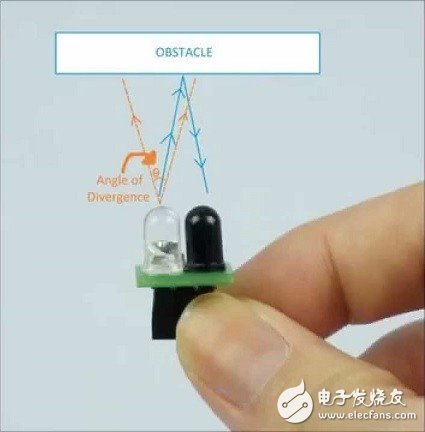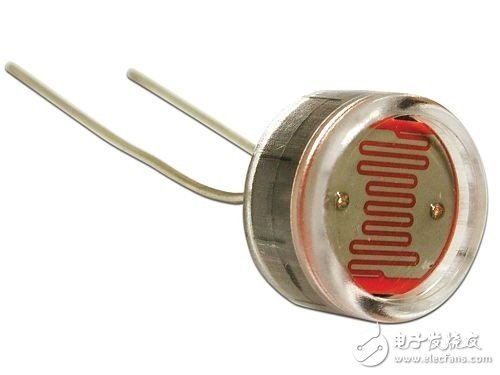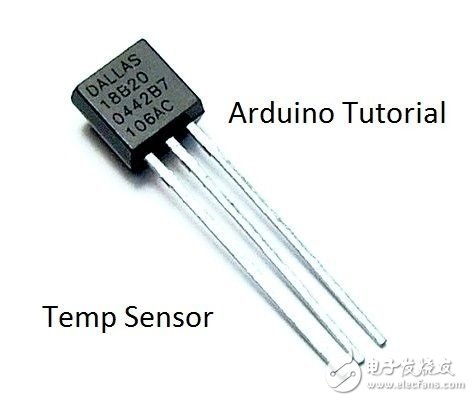In the era of the Internet of Everything, sensors are one of the most critical components.   
According to the general division, the Internet of Things is divided into three parts: the sensing layer, the network layer and the application layer. The sensing layer, as the data source of the network layer transmission and the data foundation of the application layer calculation, plays a vital role. The important components that make up the sensing layer are a variety of sensors.

Sensors can be divided into different categories according to different divisions. For example, according to the measured non-electrical physical quantity division, it can be divided into a pressure sensor and a temperature sensor. According to the working mode when converting non-electrical physical quantities into electrical physical quantities, it can be divided into energy conversion type (no additional energy access when working) and energy control type (additional energy access when working). In addition, it can be divided into ceramic sensors and integrated sensors according to the manufacturing process.
We start with a variety of different measured non-electrical physical quantities to inventory those sensors that are common in the Internet of Things.
distance sensor

The distance sensor can be divided into optical and ultrasonic according to the pulse signal emitted during ranging. The principle of the two is similar, by sending a pulse signal to the measured object, receiving the reflection, and then calculating the distance of the measured object according to the time difference, the angle difference and the pulse speed.
Distance sensors are widely used in mobile phones and various smart luminaires, and products can vary according to the user's different distances during use.
Light sensor

The working principle of the light sensor is to use the photoelectric effect to convert the intensity of the ambient light into a power signal through the photosensitive material. Depending on the photosensitive material of different materials, the light sensor will have various divisions and sensitivities.
The light sensor is mainly used in the ambient light intensity monitoring of electronic products. The data shows that in general electronic products, the power consumption of the display is as high as 30% of the total power consumption. Therefore, changing the brightness of the display with the change of ambient light has become the most important energy-saving means. In addition, it can intelligently make the display more soft and comfortable.
Temperature Sensor

The temperature sensor can be roughly divided into two types, contact type and non-contact type. The former is to let the temperature sensor directly contact with the object to be tested to sense the temperature change of the measured object through the temperature sensitive element, and the latter is to make the temperature sensor Maintain a certain distance from the object to be tested, and detect the intensity of the infrared radiation emitted from the object to be measured, thereby calculating the temperature.
The main applications of temperature sensors are in areas where temperature is closely related to intelligent insulation and ambient temperature detection.
Steel Structures can be used in many industries such as foundation reinforce, electric power transmission structures and tubular scaffolding, etc.
A flange can also be a plate or ring to form a rim at the end of a pipe when fastened to the pipe. A blind flange is a plate for covering or closing the end of a pipe. A flange joint is a connection of pipes, where the connecting pieces have flanges by which the parts are bolted together.
Although the word flange generally refers to the actual raised rim or lip of a fitting, many flanged plumbing fittings are themselves known as 'flanges':
There are many different flange standards to be found worldwide. To allow easy functionality and interchangeability, these are designed to have standardised dimensions. Common world standards include ASA/ASME (USA), PN/DIN (European), BS10 (British/Australian), and JIS/KS (Japanese/Korean). In the USA, ANSI stopped publishing B16.5 in 1996, and the standard is ASME B16.5
Steel Structures Carport,Substation Steel Structure Fabrication,Peb Steel Structure,Light Steel Structure
Yixing Steel Pole International Trading Co., Ltd , https://www.yx-steelpole.com